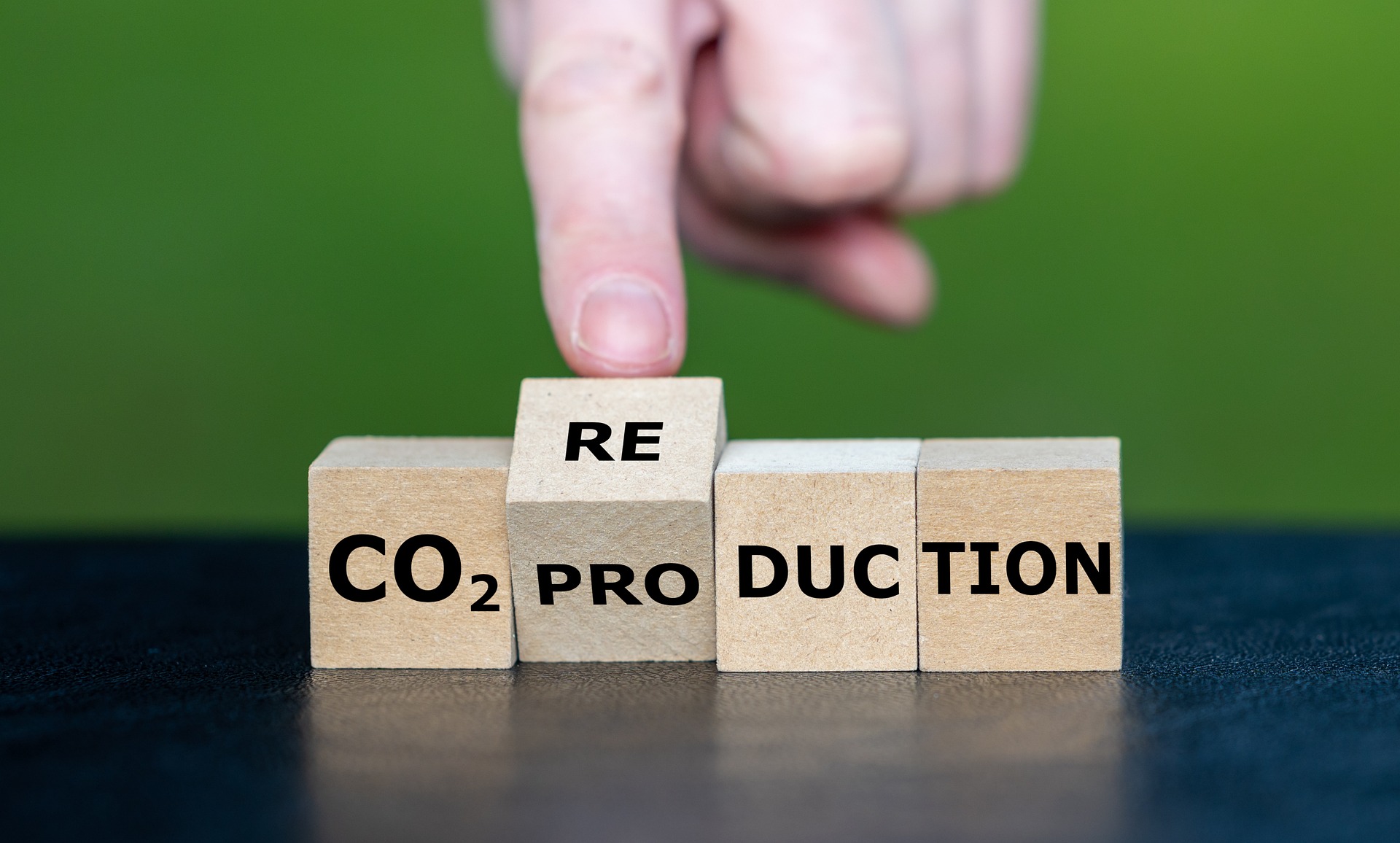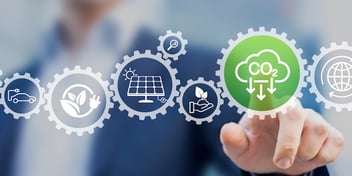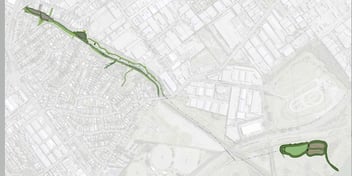One utility’s plan to go beyond net-zero emissions

While smaller water utilities have less resourcing to meet looming energy and emissions targets, one Victorian utility is determined to not only meet net-zero, but go beyond what’s required and actively restore and replenish the local environment.
Last year, Westernport Water shared its latest Climate Change Strategy (2023-28), outlining the regional utility’s plans to reach net-zero greenhouse gas emissions by 2035 and 100% sourced renewable energy by 2025.
Westernport Water Managing Director Dona Tantirimudalige said the company’s understanding and awareness of climate-related risk and opportunities has grown since its last strategy in 2017, and customer expectations of climate action have evolved, too.
“Our latest Climate Change Strategy is deliberately bolder than our first and presents an exciting opportunity to deliver greater long-term value for our customers, community and the broader Victorian water sector,” she said.
“We know that customers want us to focus on reducing our emissions and providing positive environmental outcomes for the community, and this strategy aims to do just that.
“We have committed to reaching net zero emissions by 2035, but this isn’t our end goal. We are striving towards creating a regenerative footprint where we are not only protecting the environment but enhancing it.”
Westernport Water Climate Change Senior Advisor Zoe Geyer said the utility is unique in being the smallest water authority in Victoria, but also in its agility and desire to adapt.
“Being the smallest is an interesting position to be in, in terms of how we meet these challenges and potential innovation. It’s about how we adapt, the opportunities that we take up and what we achieve on the pathway forward,” she said.
Westernport Water’s service area is home to world-famous natural attractions and a community that cares deeply about the environment, which is why the utility is dedicated to finding innovative ways of meeting targets while also supporting local ecosystems.
"We are situated in close proximity to a RAMSAR wetland and boast a thriving tourist industry, nestled on the beautiful Millowl (Phillip Island) on Bunurong Country, which includes the world-renowned penguin parade that ranks as the second most visited tourist destination in Australia," Geyer said.
“We live in a beautiful part of the world that is known for its natural environment. A lot of the people who live in this region are incredibly proud of the natural beauty of where we live and care about looking after it.
“In the lead up to our 2023-28 strategy, we conducted very extensive customer engagement. The message that came through from our community and our customers was clear; take climate action now. Our customers told us that this was their priority.
“Add that to what is happening within the regulatory environment at the moment, where we are seeing a maturation of requirements for change, and everything starts coming together to allow us to head in this direction.”
Energy and emissions
Westernport Water’s pathway to net-zero and beyond includes an investment of $20 million in climate-related capital improvement projects.
Programs for investment include a feasibility study for a biogas facility, installation of additional solar arrays, increased recycled water usage, revegetation of land, installation of floating wetlands into the wastewater treatment process and a transition to electric vehicles.
Becoming net zero by 2035 is now a regulation, Geyer said, but Westernport Water also has the target for 100% renewable electricity by 2025 – an imminent deadline.
“It’s an interesting challenge because policy is moving so quickly. There is also transition risk. We are making planning and implementation decisions within a shifting policy context.
The question is: do we just do what we have to do to meet these regulations?” she said.
“As part of our capital investment program, there are easy things for us to do, such as fleet transition to EV. It’s a no-brainer, at quite low cost. Being a smaller utility, it’s quite easy for us to pick some of that low-hanging fruit.”
When it comes to renewable energy generation, Geyer said Westernport Water is currently involved in a virtual energy network to help optimise renewables production.
“It’s the idea that we can share energy that we generate across multiple sites. We don’t need to put a solar array at each plant or pump station to generate clean energy to power that site.
It frees us up to put more solar in where it suits the land use,” she said.
“It’s a very similar principle to establishing a microgrid. But we are also looking at installing an additional 430kW of solar. At this stage in our climate change strategy, the ambition is to look at more renewable energy generation on our sites.”
Geyer said some projects are more critical to get moving on early, but the utility is leaning into a flexible approach to help manage transition risk – another perk of being small and agile.
“We can wait until we have the most up to date information before we press go on implementation. It’s about being as well informed as we can be as we move forward, given the rapid rate of change at the moment,” she said.
“As well as generating renewable energy, it's important that we look at efficiencies in our operations, too. We are also looking at expanding our recycled water customer base and reuse options.”
Nature-based solutions
With the aim of actively restoring and replenishing the environment, rather than just reducing harm done, nature-based solutions present an excellent opportunity, Geyer said.
“We are exploring nature-based solutions that will help lead our transition to a regenerative model. Land use in our region has changed since colonisation, a lot of it is now quite degraded,” she said.
“We are looking at how to transition some agricultural land back into a model that will not only assist us with recycled water use, but actually improve the health of the land and the communities that live there, as well as biodiversity and connections with Traditional Owners and their knowledge.”
One of the initiatives Geyer is most excited about is the potential of constructed wetland systems.
“We are looking at a feasibility for quite a large constructed wetland system on our King Road wastewater treatment plant site. All of the recycled water we produce is 100% onsite reuse. We have a lot of recycled water that we don’t have a use for at this time,” she said.
“The potential is to construct a series of wetlands that polish the wastewater. The nature-based system is able to reduce nutrient load and improve water quality, becoming more beneficial for future release or applications.
“It also provides restoration of the land, improves biodiversity and there is the potential for community recreation use. These co-benefits are lovely and sound great, but they also generate a huge practical advantage as we try to face emissions reductions.”
Set to be tested over two years, a floating wetlands pilot project is a floating wetland system installed on Westernport Water’s wastewater lagoon at the Cowes Wastewater Treatment Plant, and also partners with CSIRO, Deakin University and Clarity Aquatic.
“It’s a world-first pilot looking at emissions reduction, nutrient uptake and remediation of contaminants, such as PFAS, through a nature-based approach. There is potential to see a reduction of up to 50% methane emissions and 25% total nitrogen and total phosphorus, just through having a floating wetland system,” Geyer said.
“The floating wetland trial is a relatively small cost, but a huge opportunity. We don’t have any data on this type of pilot in Australia yet. And many in the water sector organisations are keen to hear about the early findings of this study.
“We see this as knowledge building. We are small, but we can be nimble and work with other groups on cutting-edge ideas.”


